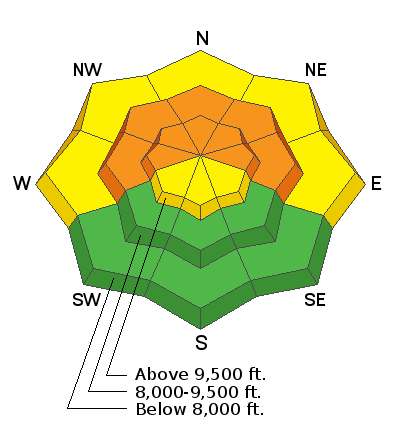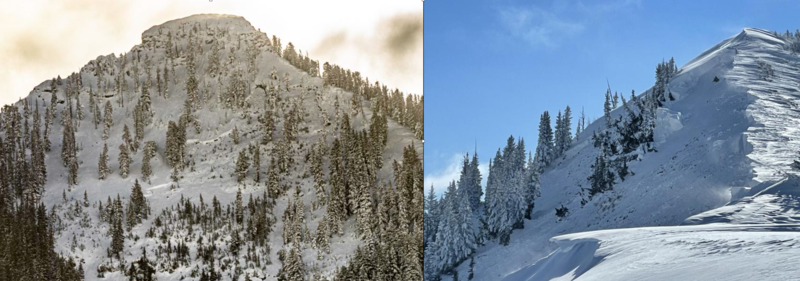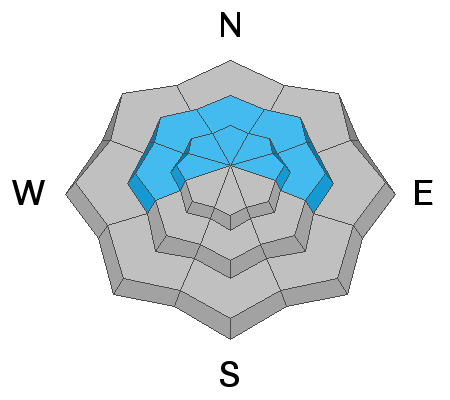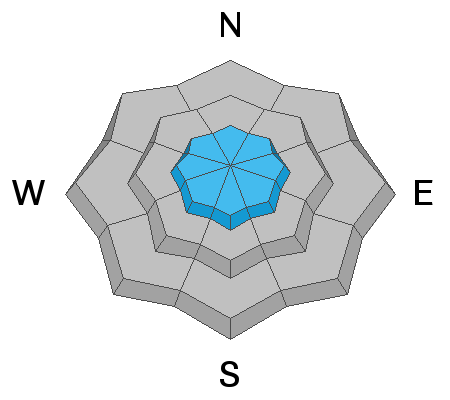Forecast for the Salt Lake Area Mountains

Issued by Trent Meisenheimer on
Sunday morning, January 2, 2022
Sunday morning, January 2, 2022
The avalanche danger is CONSIDERABLE on mid and upper elevation slopes facing west through north and east. Avalanches may break down 4-6' deep (possibly deeper) and hundreds of feet wide. Natural avalanches are possible, and human-triggered avalanches are likely. My advice is to continue avoiding this terrain.
Upper elevation slopes facing southwest, south, and southeast have a MODERATE avalanche danger for wind-drifted snow avalanches. My advice would be to stick to the southerly (sunny) side of the mountain, where there is excellent powder and no buried weak layer.
Upper elevation slopes facing southwest, south, and southeast have a MODERATE avalanche danger for wind-drifted snow avalanches. My advice would be to stick to the southerly (sunny) side of the mountain, where there is excellent powder and no buried weak layer.

Low
Moderate
Considerable
High
Extreme
Learn how to read the forecast here









